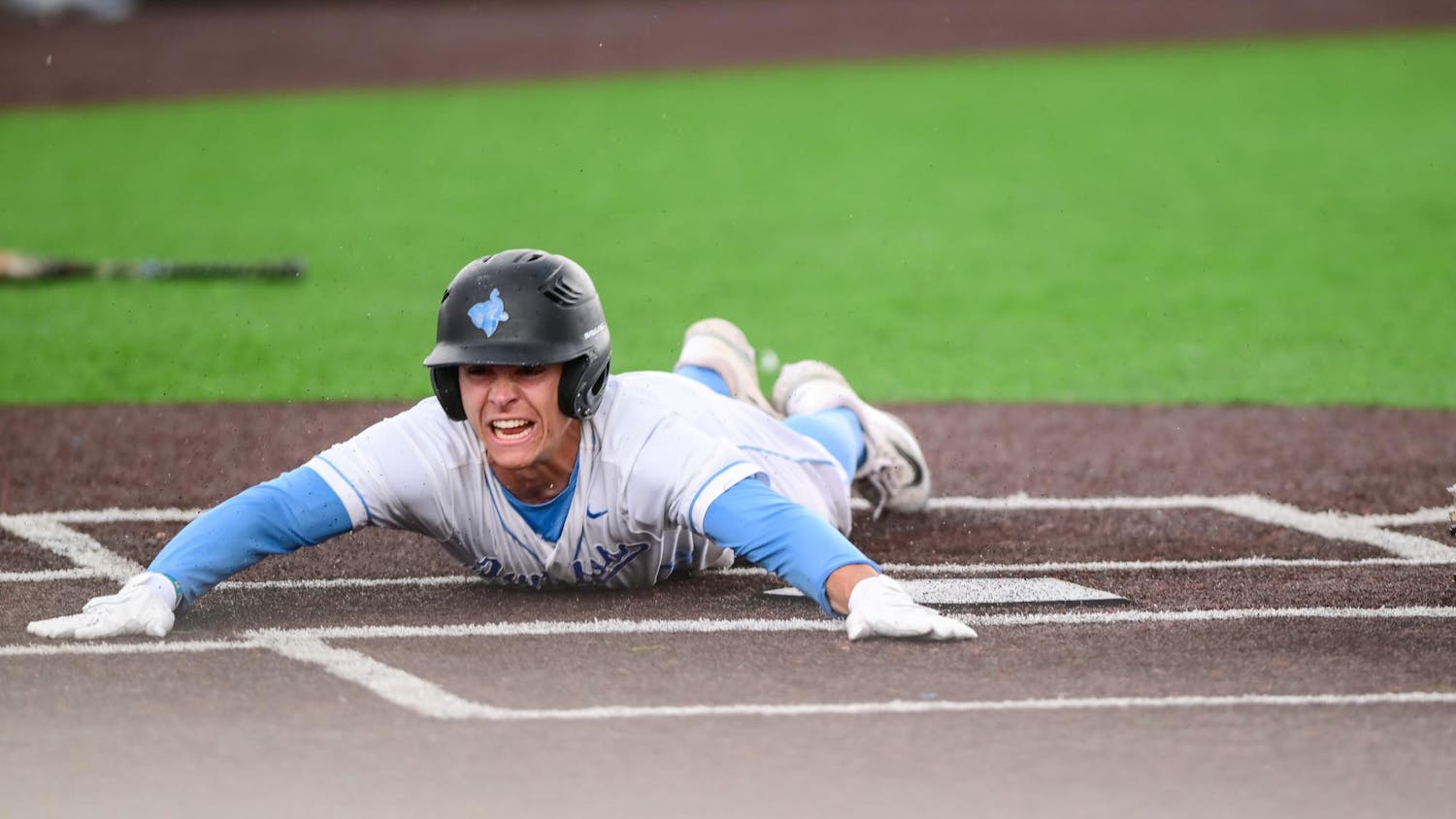I was born on June 16, 1994, in New York City. At the time, the Rangers were playing for the NHL Stanley Cup, the Knicks were in the NBA Finals against the Rockets and even though there wasn’t an MLB World Series that year, I’m sure the Yankees had a good chance of winning it. In comparison to today, that was one of the greatest moments to be a New York sports fan, so it should come as no surprise that following my birth, my mother wanted to watch her beloved Knicks play the Rockets. However, something else had headlined media coverage, shoving the Knicks game aside, as doctors and family members crowded around the small hospital television, outweighing my mother’s wishes (mind you, she had just given birth). All eyes were on a police chase of a white Ford Bronco.
Regardless of me being able to comprehend the O. J. Simpson trial at a few hours old, the story has stuck with me. It’s pretty common for kids to ask their parents what the day was like when they were born, and trust me, I asked a lot of questions. With all of these questions came my mother’s continual recounting of the story, and it always came back to that white Ford Bronco. This media moment attracted millions of Americans to weigh in on whether O. J. did it, and the trial’s storyline has been recapped countlessly on TV shows. Now, being older than a few hours, my mother’s anecdote of the white Bronco revealed a critical moment. It was my first experience of being exposed to the linkage between sports and violence.
The relationship between sports and violence is nothing new. Unfortunately, it seems that there has always been a common connection. Today, reports delving into the details of domestic violence allegations against professional and collegiate players are normal headlines. Violence on the field is also revealed in the media: hockey fights, NFL on-field disputes like that between Odell Beckham and Josh Norman and others are replayed like highlights. It is undoubtedly a problem that league commissioners like NFL’s Goodell have decried, and recently they've launched awareness campaigns along with more substantial punishments for players fighting on the field and off. It’s clear that combatting violence and increasing awareness in connection to sport is an important step, but I’m also interested in the fan experience.
Sports fans have significant connections with violence. Just this year, the media covered the raucous fighting and dangerous stunts pulled by Buffalo Bills fans outside the stadium during pregame tailgates. Not everywhere is like Buffalo, but fan violence mixing in with sport is also becoming normalized. It’s nothing new that sports can incite mass violence as witnessed by the 2011 Vancouver Stanley Cup or even the 2004 Boston riots following a Red Sox World Series win. What I’m trying to say is that sports violence is not one-sided, but it's particularly complex, involving a variety of participants regardless of whether they are athletes are not. So instead of deconstructing the athlete’s connection with violence, let’s also look at the fans. By studying this perspective maybe we can understand why violence is so strongly connected with sports.
Jersey Over Apron: The white Ford Bronco






